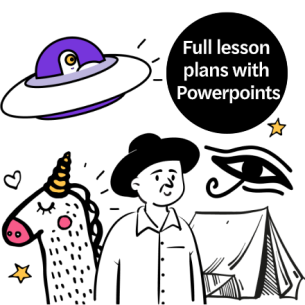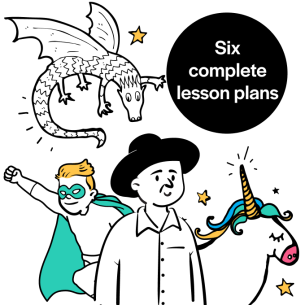This dice and probability game involves moving ten squares to the finishing point. It gives students an opportunity to consider empirical probability…
In many everyday scenarios, we cannot calculate a theoretical probability of something happening.
Even some simple-sounding games involving dice are complicated to analyse. The easiest way to estimate the probability of a win is often to run a simulation on a computer.
In this maths lesson, you ask students to estimate the probability of winning a game in which they throw an ordinary dice and move a counter that many spaces forwards.
To win, they must ‘hit ten’ by landing on the tenth square from the start. This game is too complicated for students to work out the probability of winning theoretically. This means they must estimate it by playing the game several times and seeing how often they win.
This enables them to calculate how much money they might be willing to pay to play the game, if the prize for winning is £1.
Colin Foster is an assistant professor in mathematics education in the School of Education at the University of Nottingham. He has written many books and articles for maths teachers. Browse more of Colin’s maths lessons.














